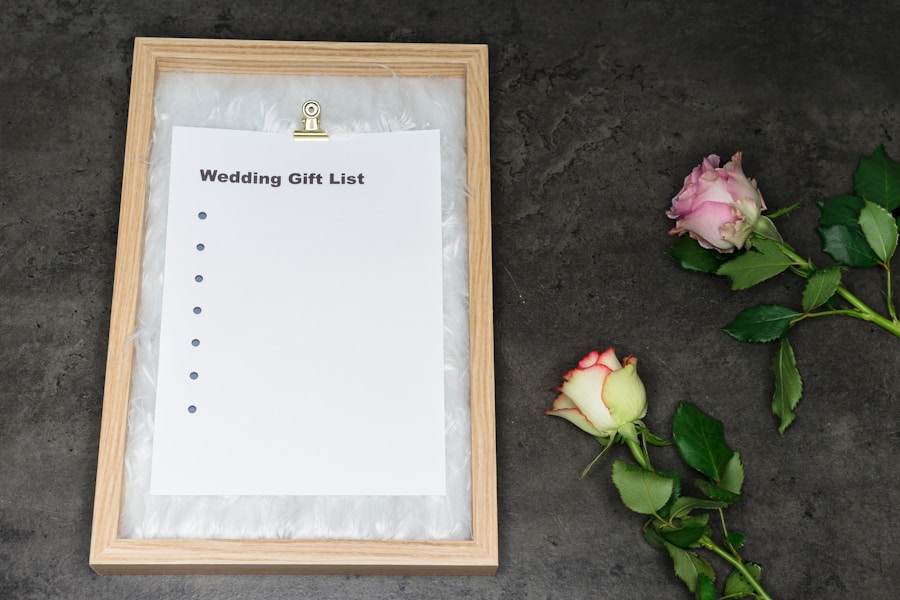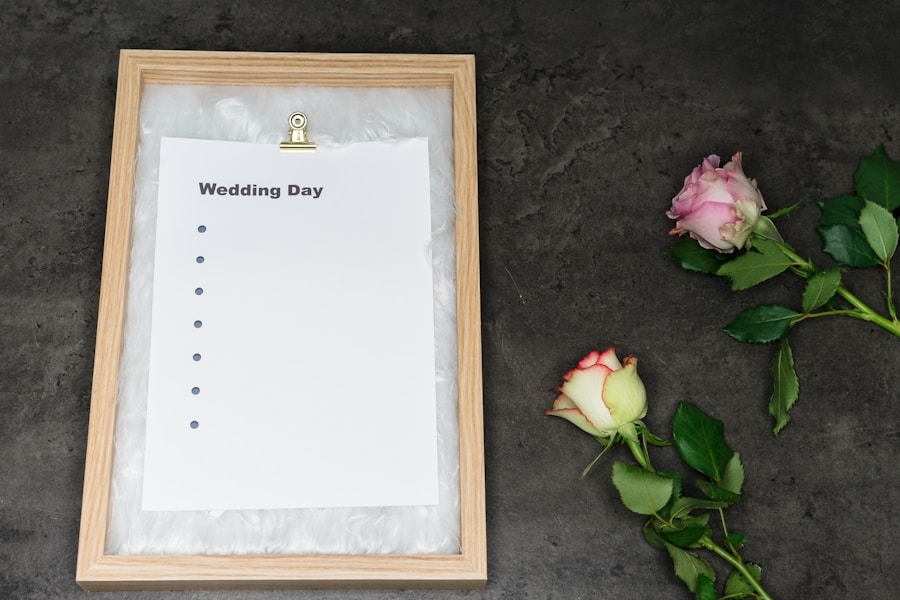Planning a wedding can feel like a monumental task, but with the right tools, you can transform chaos into a beautifully orchestrated event. One of the most essential tools in your wedding planning arsenal is a well-structured wedding day schedule template. This template serves as your roadmap, guiding you through each moment of your special day, ensuring that everything flows seamlessly.
By having a clear schedule, you can alleviate stress and focus on what truly matters: celebrating your love with family and friends. A perfect wedding day schedule not only helps you stay organized but also allows your vendors, wedding party, and guests to know what to expect. It sets the tone for the day, ensuring that everyone is on the same page.
From the moment you wake up to the last dance of the evening, a well-crafted schedule will help you maximize every precious moment. In this article, we will explore the various components of an ideal wedding day schedule, providing you with the insights needed to create your own personalized timeline.
Key Takeaways
- A well-planned wedding day schedule template is essential for a smooth and stress-free celebration.
- Pre-wedding preparation timeline should include hair and makeup, getting dressed, and any last-minute details.
- Ceremony schedule should outline the processional, vows, ring exchange, and recessional.
- Cocktail hour and reception timeline should include the arrival of the newlyweds, toasts, dinner service, and dancing.
- Wedding party and family photo schedule should detail the time and location for group and individual photos.
Pre-Wedding Preparation Timeline
Creating a Leisurely Morning
Consider starting your day early, allowing for a leisurely breakfast together, which can help ease any pre-wedding jitters. This will give you and your wedding party a chance to unwind and savor the moment before the chaos of the day begins.
Planning the Order of Events
As you plan your pre-wedding timeline, think about the order of events. Typically, hair and makeup should be scheduled first for the bridal party, followed by the bride. This ensures that you have ample time for any last-minute adjustments.
Capturing Cherished Moments
Don’t forget to include time for getting dressed and capturing those beautiful moments before heading to the ceremony. A well-planned pre-wedding timeline will not only keep you on track but also create cherished memories with your loved ones.
Ceremony Schedule

The ceremony is the heart of your wedding day, and its schedule should reflect the significance of this momentous occasion. Start by determining the length of your ceremony; traditional ceremonies often last between 20 to 30 minutes, while more personalized ceremonies may vary in length. Once you have this figured out, you can plan other elements around it, such as music selections and readings.
Consider including a buffer period before the ceremony begins. This allows guests to arrive, find their seats, and settle in without feeling rushed. You might also want to schedule a rehearsal prior to the wedding day to ensure that everyone knows their roles and responsibilities.
This practice run can help alleviate any anxiety and ensure that the ceremony flows smoothly. By thoughtfully crafting your ceremony schedule, you set the stage for an unforgettable experience that resonates with both you and your guests.
Cocktail Hour and Reception Timeline
| Event | Time |
|---|---|
| Cocktail Hour Begins | 5:00 PM |
| Guests Seated for Dinner | 6:30 PM |
| Welcome Speech | 6:45 PM |
| Dinner Served | 7:00 PM |
| Toasts and Speeches | 8:00 PM |
| First Dance | 8:30 PM |
| Open Dance Floor | 9:00 PM |
| Cake Cutting | 9:30 PM |
| Last Dance | 10:45 PM |
| Reception Ends | 11:00 PM |
After the ceremony, it’s time to celebrate! The cocktail hour is an excellent opportunity for guests to mingle while you and your partner take some time for photos. This segment of your wedding day should be carefully planned to ensure that it transitions smoothly from the ceremony.
Consider offering a selection of appetizers and drinks that reflect your tastes as a couple, creating a welcoming atmosphere for your guests. Following the cocktail hour, the reception is where the real festivities begin. Your reception timeline should include key moments such as the grand entrance, speeches, first dances, and cake cutting.
Each of these elements deserves its own spotlight, so be sure to allocate enough time for each activity while keeping an eye on the overall flow of the evening. A well-structured reception timeline will keep energy levels high and ensure that everyone has a fantastic time celebrating your love.
Wedding Party and Family Photo Schedule
Capturing memories through photographs is one of the most important aspects of your wedding day. To ensure that you get all the shots you desire, it’s essential to create a detailed photo schedule for both your wedding party and family portraits. Start by discussing your vision with your photographer; they can provide valuable insights on how much time is needed for each set of photos.
When planning this schedule, consider grouping family members together based on their relationships to you and your partner. This will streamline the process and minimize any confusion on the day of the wedding. Be sure to communicate this schedule with your wedding party and family members ahead of time so they know where they need to be and when.
By organizing your photo schedule effectively, you’ll be able to capture those precious moments without feeling rushed or overwhelmed.
Vendor Coordination and Timeline

Your wedding vendors play a crucial role in bringing your vision to life, so coordinating their schedules is essential for a successful event. Start by creating a comprehensive list of all vendors involved in your wedding day, including caterers, florists, musicians, and photographers. Once you have this list, reach out to each vendor to confirm their arrival times and any specific requirements they may have.
Incorporate these details into your overall wedding day timeline. For instance, if your florist needs access to the venue early in the morning for setup, make sure this is reflected in your schedule. Additionally, keep open lines of communication with all vendors leading up to the big day; this will help ensure that everyone is aligned and prepared for any last-minute changes or adjustments.
By effectively coordinating vendor timelines, you create an environment where everything can run smoothly.
Contingency Plan and Emergency Schedule
No matter how meticulously you plan, unexpected situations can arise on your wedding day. That’s why having a contingency plan is vital for ensuring that everything goes off without a hitch. Start by identifying potential issues that could disrupt your schedule—such as inclement weather or vendor delays—and develop backup plans for each scenario.
For example, if you’re planning an outdoor ceremony but are concerned about rain, consider having an indoor location as an alternative. Communicate these plans with your wedding party and vendors so everyone knows what to do in case of an emergency. Additionally, create an emergency schedule that includes contact information for all vendors and key members of your wedding party.
This way, if something goes awry, you’ll have a clear plan in place to address it swiftly.
Post-Wedding Wrap-Up and Thank You Notes
As your wedding day comes to a close, it’s important to take some time for reflection and gratitude. The post-wedding wrap-up involves not only gathering personal belongings but also ensuring that all vendors are paid and any rentals are returned promptly. This phase can often feel overwhelming after such an emotional day, so having a checklist can help keep everything organized.
One of the most meaningful tasks following your wedding is sending out thank-you notes to those who attended or contributed to your celebration. Make it a priority to express your gratitude within three months after the event; this shows appreciation for their support and thoughtfulness. Consider personalizing each note with specific mentions of gifts or moments shared during the day.
By taking these steps in your post-wedding wrap-up, you’ll not only honor those who celebrated with you but also create lasting memories of gratitude that will carry on long after your special day has ended. In conclusion, crafting a perfect wedding day schedule template is essential for ensuring that every moment of your celebration is cherished and enjoyed. By thoughtfully planning each segment—from pre-wedding preparations to post-wedding thank-you notes—you can create an unforgettable experience that reflects your love story while minimizing stress along the way.
Embrace this journey with confidence; after all, it’s about celebrating one of life’s most beautiful milestones together with those who matter most to you.
